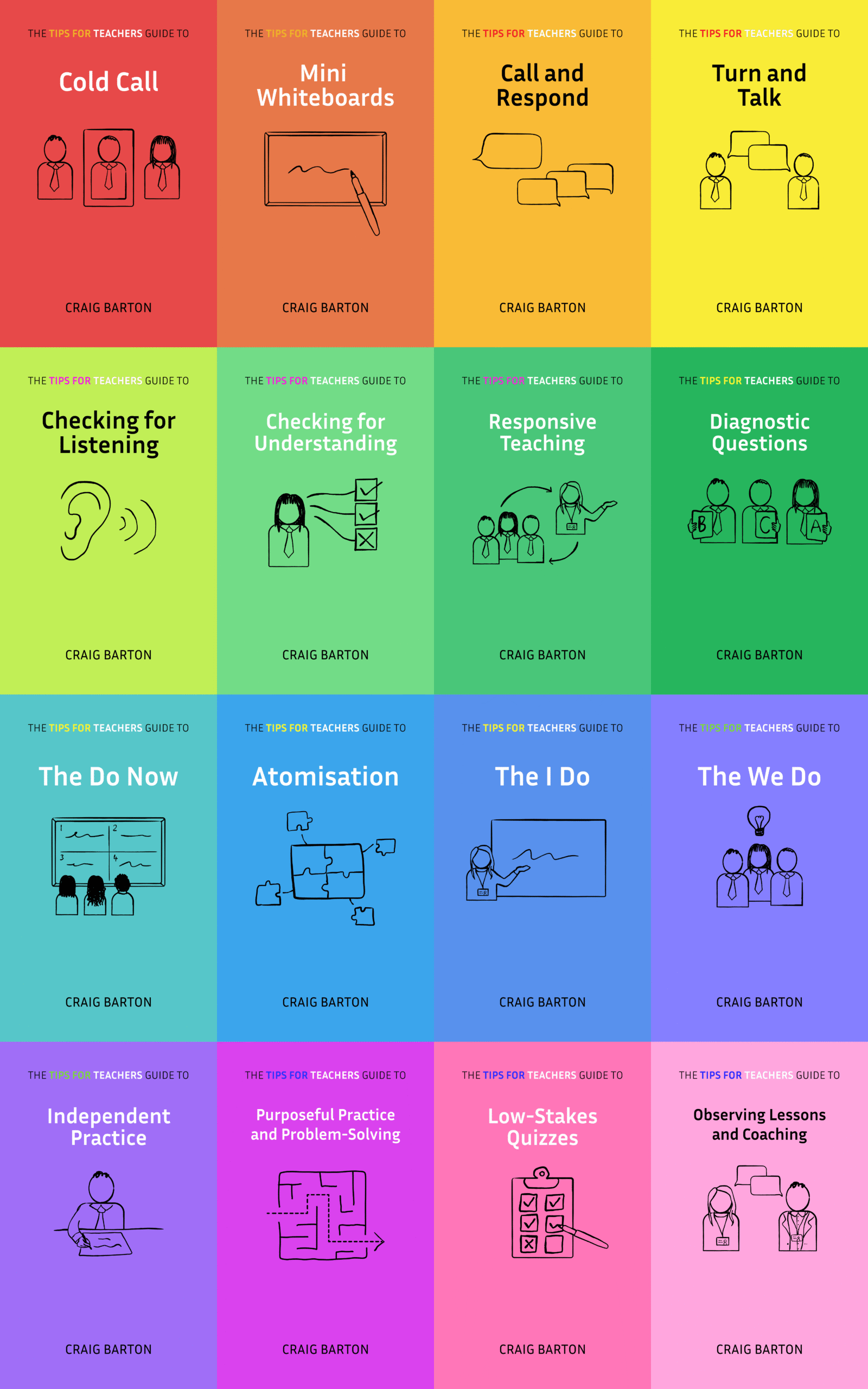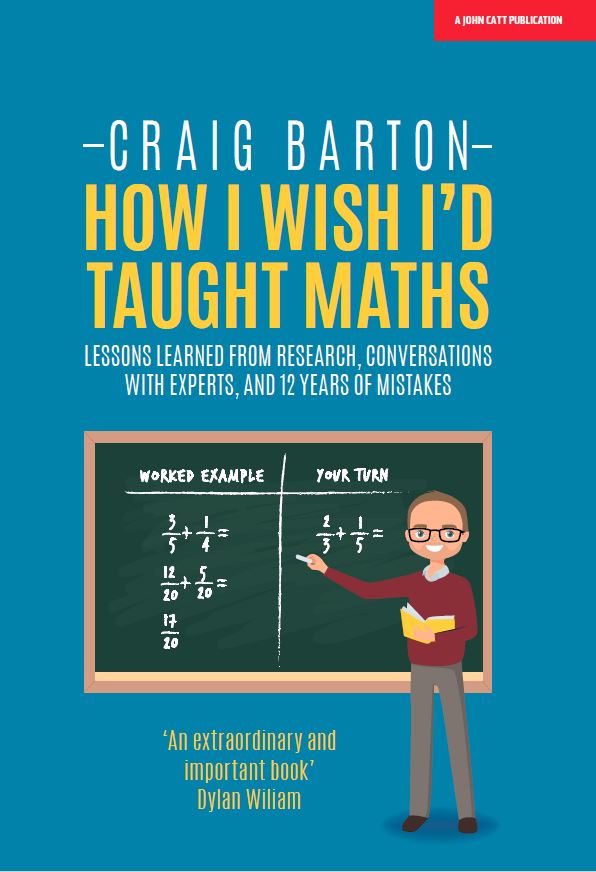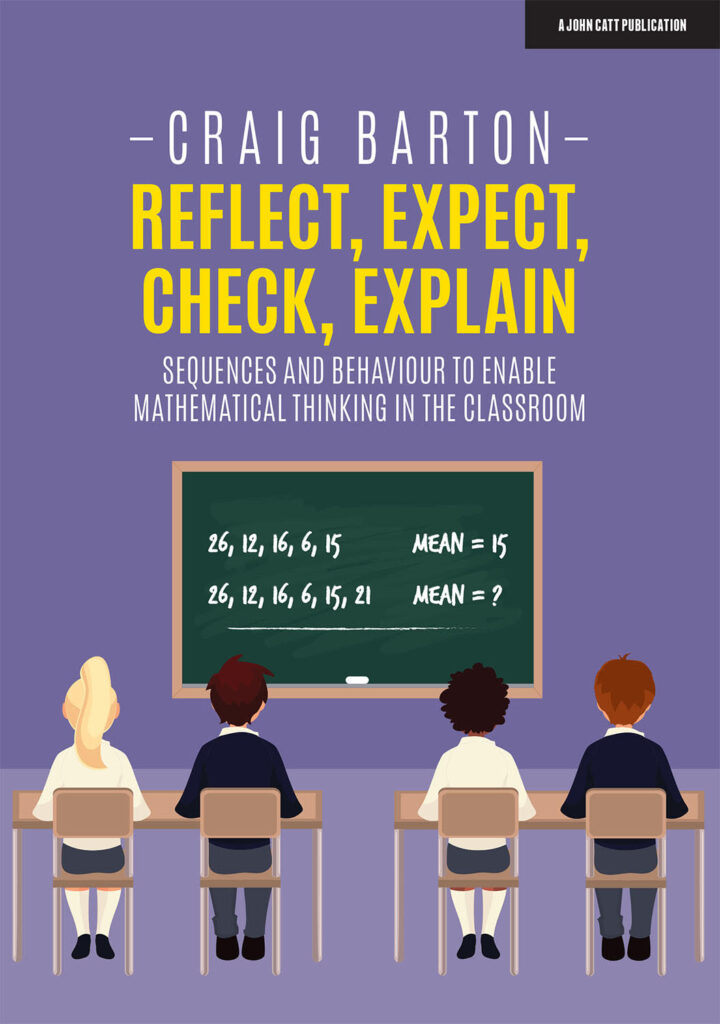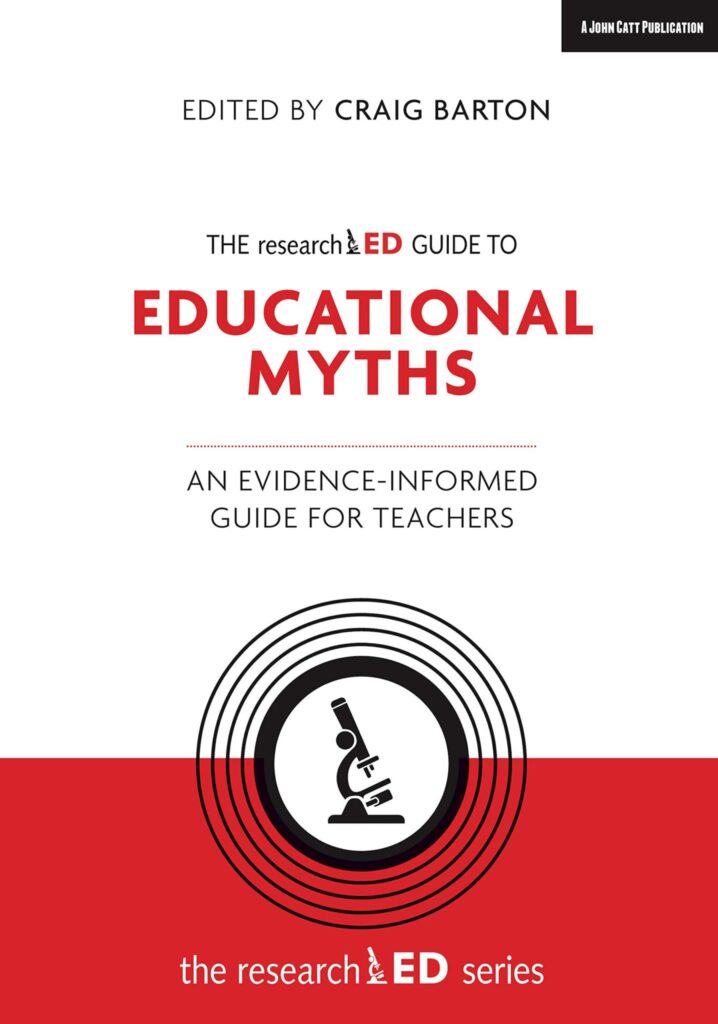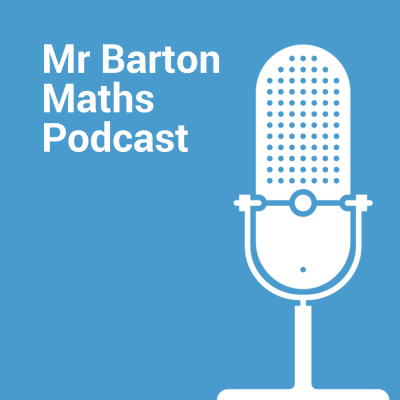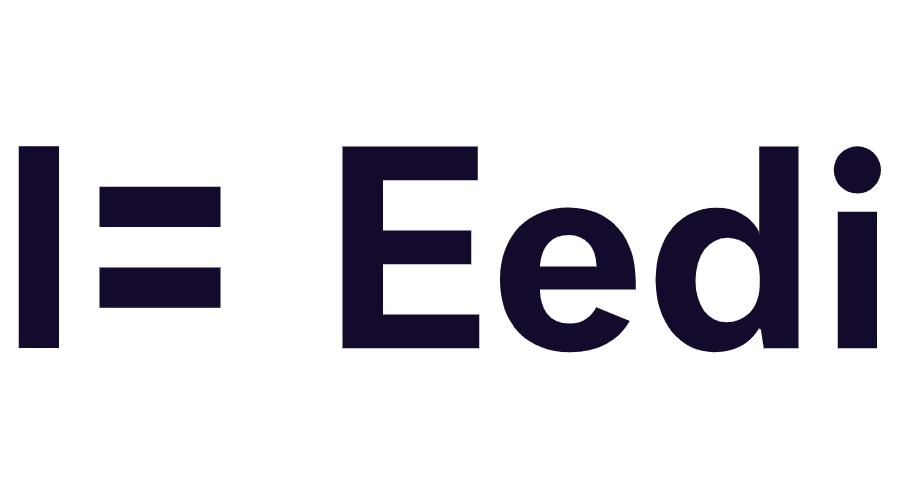
- Title: Exploring the potential of LLM to enhance teaching plans through teaching simulation
- Authors: Bihao Hu, Jiayi Zhu, Yiying Pei & Xiaoqing Gu
- Access the original paper here
- Listen to a deep-dive podcast:
Paper summary
The provided research article, “Exploring the potential of LLM to enhance teaching plans through teaching simulation,” investigates a novel method using large language models (LLMs) to improve the quality of teaching plans, particularly in high school mathematics. The study proposes having LLMs simulate teacher-student interactions and generate teaching reflections based on initial plans, subsequently guiding the LLM to refine these plans. Human evaluations demonstrated that this approach significantly elevated the quality of LLM-generated teaching plans, making them comparable to those created by experienced human teachers. This research offers practical evidence for integrating LLMs into teaching preparation by providing pre-class rehearsal simulations and ideas for teaching plan enhancement.
What are the key implications for teachers in the classroom?
Based on the information in the source, the key implications for teachers in the classroom are primarily related to how LLMs can enhance their teaching preparation and provide insights into the teaching process before instruction takes place. Here are some specific implications:
- Enhanced Teaching Plan Quality: LLMs have the potential to significantly elevate the quality of teaching plans. By simulating teacher-student interactions and generating teaching reflections, LLMs can help teachers refine their plans to a level comparable to or even exceeding those created by experienced human educators. This improvement spans various aspects of a teaching plan, including designing rich problem contexts, cohesive learning tasks, and varied exercises.
- Pre-Class Rehearsal and Simulation: The method proposed in the study offers a form of pre-class rehearsal simulation. By using LLMs to simulate classroom interactions with students of varying abilities, teachers can anticipate potential student responses, learning challenges, and misconceptions before they occur in the actual classroom. This allows teachers to proactively adjust their teaching strategies and content.
- Anticipating Student Learning Difficulties: LLMs can help teachers foresee potential learning difficulties that students may encounter during instruction. This is achieved by simulating scenarios where students struggle with the material, such as providing incorrect answers due to conceptual confusion or gaps in prior knowledge. This foresight enables teachers to optimize their teaching plan content in advance to address these potential issues, ensuring more students benefit from improved materials.
- Improved Design of Classroom Activities and Questions: The study’s approach refines the design of mathematical problem chains by categorizing them into “context-based,” “trap-based,” and “summary-based” types. This suggests that LLMs can assist teachers in designing more effective and varied classroom questions that cater to different stages of learning, from introducing new knowledge to challenging students’ understanding and summarizing key concepts.
- Support for Novice Teachers: Novice teachers, who often struggle to anticipate student needs due to limited experience, can particularly benefit from this approach. LLMs can provide them with higher-quality teaching content and instructional ideas, potentially reducing educational risks associated with inadequate preparation. The study even found significant improvements in teaching plans written by pre-service teachers after LLM enhancement.
- Focus on Practical Value and Real-World Application: The LLM-enhanced teaching plans, especially those based on pre-service teachers’ original plans, demonstrated significant practical value. This implies that LLMs can help teachers design plans that are more closely aligned with the realities of classroom teaching and provide valuable instructional insights and references.
- Semi-Automated Preparation and Reflection: The method semi-automates aspects of a teacher’s daily routine, including preparation, teaching (through simulation), and reflection. This can potentially reduce the time and effort required for these crucial tasks, allowing teachers to focus on other aspects of their work.
- Transparency and Interpretability of Improvements: The simulation and reflection process of the LLMs acts as a form of “thinking aloud,” making the model’s reasoning and decision-making visible. This enhances the interpretability and transparency of how teaching plans are improved, allowing teachers to understand the rationale behind the changes.
In summary, the study suggests that LLMs, when used for teaching simulation and reflection, can be a powerful tool for teachers to enhance their teaching plans, anticipate student difficulties, design more effective learning activities, and ultimately improve the quality of their classroom instruction. This approach holds promise for both experienced and novice teachers in making their pre-class preparation more effective and targeted.
Quote
This study demonstrates that the improvement of teaching plans using LLMs can lead to enhancements across all knowledge modules, with the evaluation performance closely resembling that of high-quality teaching plans created by exemplary human teachers
